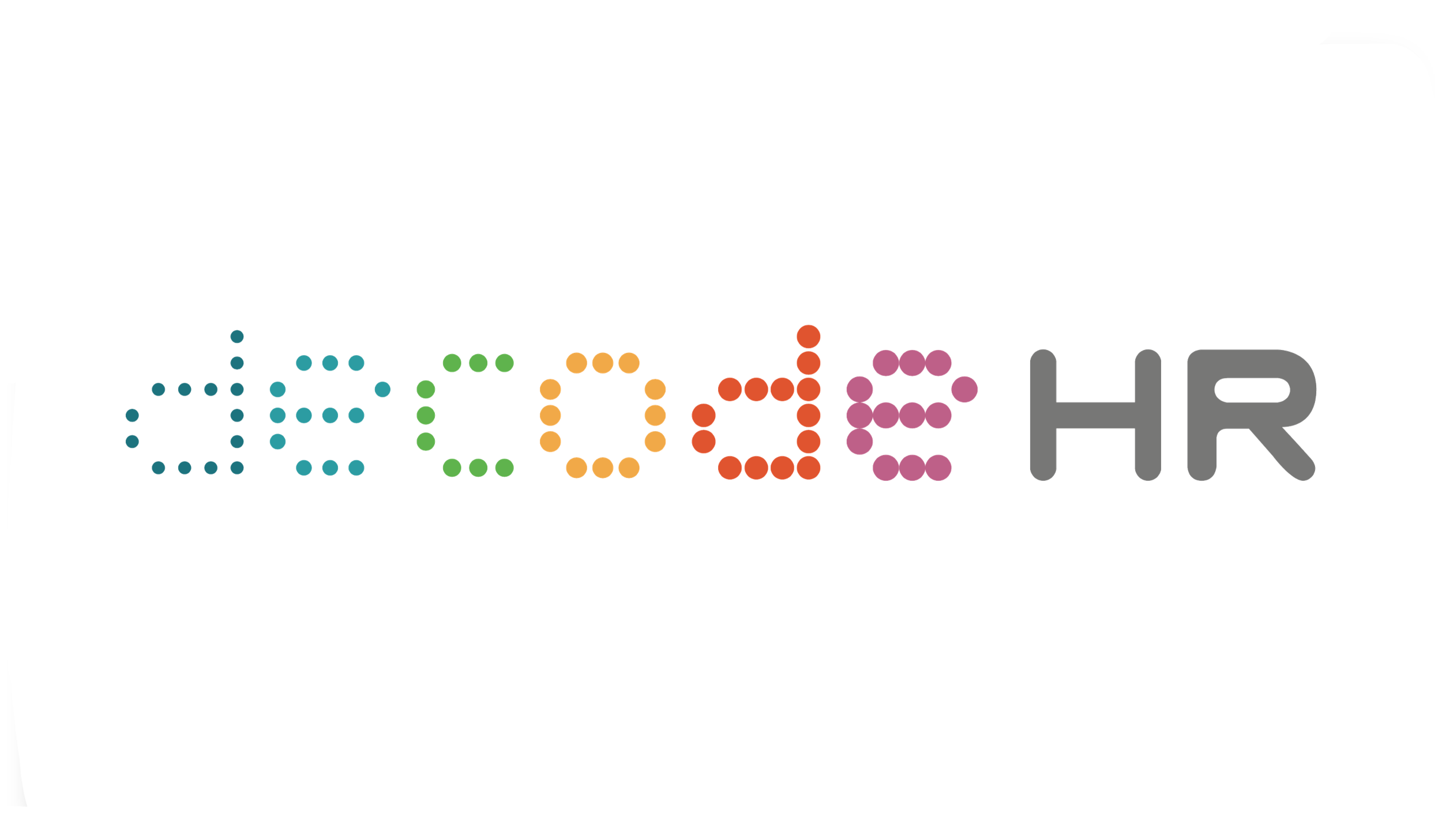Dealing With Cognitive Biases Around Talent Management
Reading time: 4 mins
Our Managing Director, Evelyn Chow, delivered the opening remarks at the recent Human Capital Conference hosted by The American Chamber of Commerce in Singapore (AmChamSG) on 5 October 2022. She also shared an expert piece about cognitive biases, in conjunction with this year's conference theme - Hybrid Work: Driving Productivity with Flexibility.
A study by the British Psychological Society found that almost two-thirds of job interviewers made up their minds about candidates within the first 15 minutes – some even in the first 5 minutes.
Relying on first impressions is just one example of cognitive bias.
Cognitive bias arises when our brain uses shortcuts – heuristics – to make quick decisions. It helps us save time and energy from the abundant stream of information. But often times, bias occurs unconsciously. Being aware of and understanding cognitive bias is essential to ensure we develop a robust and effective talent management strategy.
Here are some biases that have a significant impact on how organisations attract and develop talent.
CONFIRMATION BIAS
A well-known bias is confirmation bias. It occurs when people have a preset conviction and unconsciously focus only on information that confirms their beliefs while failing to see arguments that contradict these firmly held beliefs. This bias leads to people making decisions based on an incomplete picture. It affects their flexibility and objective eye. Hence, we should strive to be open to other perspectives, ideas and feedback – both negative and positive.
GROUP THINKING
‘Groupthink’ is a phenomenon that can cause teams or organisations to make poor decisions or settle for lesser solutions. Whether it happens because team members prioritise group harmony, lack diversity or feel that they are not sufficiently qualified, group thinking leads to an environment where perspectives are not challenged. But innovation needs a critical eye. We can overcome group thinking by breaking meetings into small groups when possible, asking for dissenting opinions, rewarding creativity and nurturing an open, constructive workplace culture.
PYGMALION EFFECT
The Pygmalion effect happens when management's expectations of their workers' abilities influence how workers view themselves and perform. This effect is interesting because managers may unconsciously treat workers differently based on, for example, whether they regard them as high performing or not.
To illustrate: A recruiter is about to interview a prospective software engineer. Before the interview, the recruiter discovers that the engineer had quit from another company after one month. This may lead the recruiter to believe that the candidate is not a good fit in terms of company culture or commitment.
That said, the opposite also rings true. If a hiring manager discovers something positive about a candidate, he or she may unconsciously focus on the candidate's strong points and overlook the weak. Either way, we should remind ourselves to be self-aware and objective.
THE HALO EFFECT
The halo effect occurs from our tendencies to make overall judgements of someone based on one positive trait. We should be mindful of this, as it can lead to unfair treatment. For example, a recruiter interviewing a well-spoken person assumes this person must also be eloquent in their writing abilities. Using standardised interviews can help us stay objective. We must be aware of these subtle biases to guarantee a fair recruitment process and, ultimately, the most suitable selection.
GENDER BIAS
This topic has been receiving a lot of attention and needs no introduction. Women are underrepresented in science, technology, engineering and mathematics (STEM) education and careers in Singapore and many parts of the world today. This gender imbalance is amplified in STEM related research and development, where women comprise only 20% of the workforce. Even though Singapore was ranked 8th in the 2021 Global Innovation Index, it only ranked 34th in creative output and 36th in the percentage of females employed in knowledge-intensive services.
STEM fields with large gender gaps in representation also tend to have a strong masculine culture, which is characterised by stereotypes about the field, negative gender stereotypes and few female role models. These factors have been shown to contribute to women feeling a lower sense of belonging and belief they can succeed in these fields. Accordingly, women show less interest in entering and pursuing a career in these sectors, further reinforcing the bias that men are more suitable for such jobs.
The workspace should be a safe space for all employees regardless of gender.
Mentorship and having non-stereotypic role models are both impactful in the recruitment and retention of females in the STEM field. Inclusive and flexible working practices that support parents are also effective ways of closing the gender gap.
All in all we should be aware of our biases and their influence on our perception and judgment so as to improve diversity in the workplace. When it comes to recruiting talent, having a standardised selection process, for example, using structured interviews and consistent assessment tools, will keep us objective and help us make optimum decisions. The same principle should apply to employee development programmes.
It is all the more pertinent to be cognizant of these biases today, as more companies embrace hybrid work models. Effective leaders need to be mindful not to over-value employees who are physically present, while unconsciously overlooking others when it comes to growth or promotion opportunities. Being aware of such biases is the first step in being able to proactively and successfully mitigate this issue.
Read the full AmChamSG 2022 Manpower Survey Results report here.
REFERENCES
Gender Bias in STEM: Women in Tech Still Facing Discrimination
Understanding cognitive bias in the workplace
7 Practical Ways to Reduce Bias in Your Hiring Process
Cognitive Biases That Ruin Your Workplace & How to Beat Them









